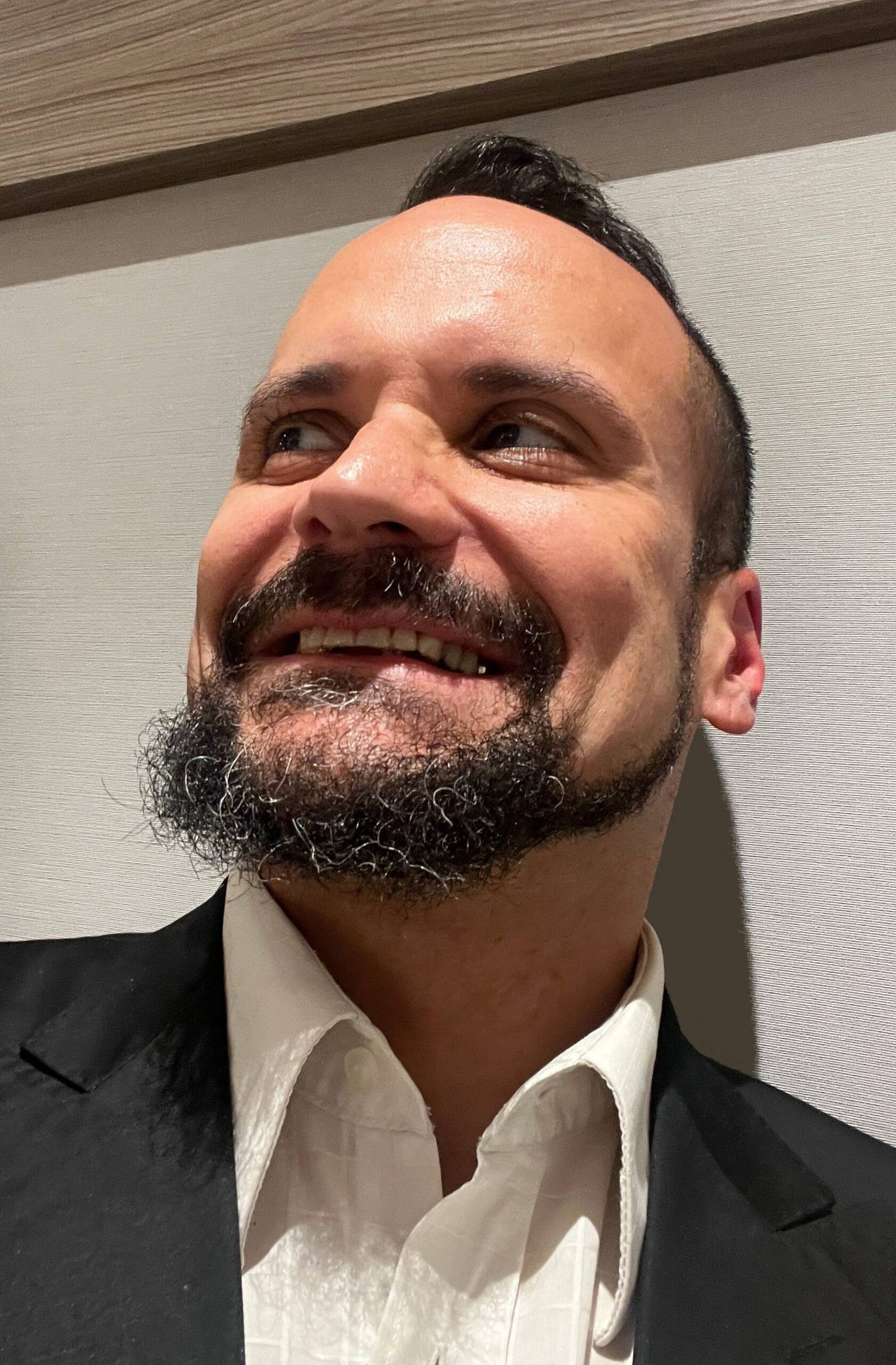




QUICK SNAP: LIVE FROM VENICE
Psychiatrist Dr. Dorothy Lewis from Yale University has been studying multiple personality disorder (aka dissociative identity disorder, or DID) for decades. She has given court testimonies and spoken at length about the various egos that dwell in the body of a single individual. She has been mocked and derided by the public and other experts, particularly by forensic psychiatrist Park Dietz (who’s convinced that DID is just a show). Her critics have even made a parody song about the controversial researcher.
But Dorothy is neither crazy nor a quack. She has collected abundant evidence to support that her subjects indeed believe that someone occasionally takes control of their mind, speaking eloquently through their mouthes. Scans reveal that some of these people have scars in their brain, and the cerebral activity patterns are clearly abnormal. Perhaps more significantly, all of these people without exception have experienced some sort of abuse in their upbringing. Their condition is a tragic combination of internal and external factors. The perfect storm.
Her research subjects are famous psychopaths and serial killers. One of them is Arthur Shawcross, who is afflicted by his mother’s ego. She was abusive towards him as a child, often grabbing him by the penis. She now dwells in his body and speaks through his mouth, in a creepy falsetto. And she is the one who murdered the 11 girls. The similarity with Norman Bates is baffling. Ted Bundy killed at least 30 women in the 1970s. In court he insists that he had a happy and healthy upbringing. He’s sentenced to death and executed. After his death, Dorothy finds out that his upbringing was in fact profoundly dysfunctional. Ted had an incestuous relationship with his sister. Plus he may have been his formidable grandfather’s son. Dorothy concludes that his grandfather’s ego took over when Ted carried out the murders. This was indeed another case of DID. Some people had not just one, but various alter-egos (including 17-year-old Johnny Frank Garrett, who murdered a nun).
The doctor concludes that these people developed the multiple personalities as a defence mechanism from a very painful event in the past. She’s adamant that nobody is born a murderer, and she worked hard in order to dispel the myth of pure evil. “Evil is a religious concept, not a scientific one”, she puts it succinctly. She strongly opposes the capital punishment for such people: “no civilised nation has ever executed its mentally ill”. Shawcross was deemed schizophrenic and therefore spared the death penalty. Garrett and Bundy, however, were both executed.
Dorothy isn’t always likeable. At times, she is kind and motherly, bonding with her research subjects. At other times, she involuntarily laughs and scoffs at their predicament. At the very end of this 117-minute movie, she does however recognise that her own professional motivation could be morally questionable. Perhaps she’s more fascinated by the gruesome details of the murders than by the reasons behind them. Perhaps she too could become a murderer. Her confession is humbling. Her fallibility and her complicity are sobering.
Crazy Not Insane has just shown at the 77th Venice International Film Festival. This HBO documentary premiered earlier this year at the CPH:DOX, in Copenhagen.






